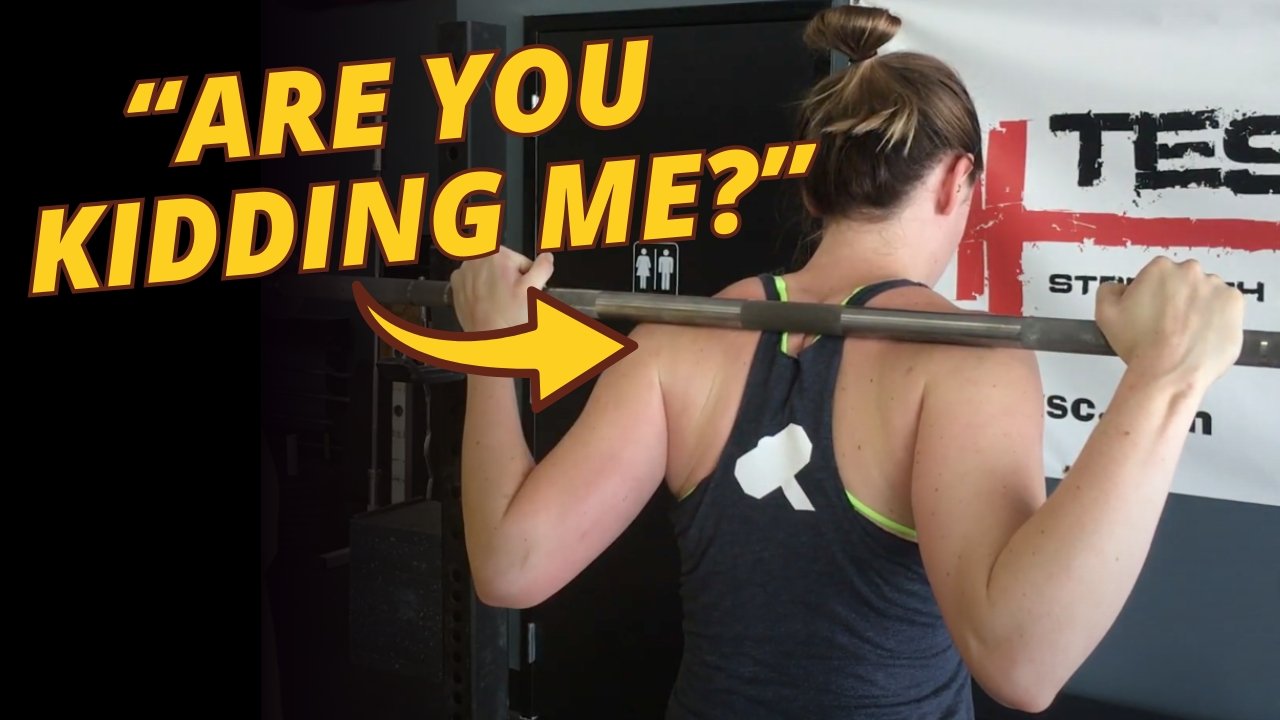These Aren't the Rests You're Looking For - Part Deux
/A while back in These Aren't the Rests You're Looking For - Part 1, we covered the importance of being economical with your time between reps in the deadlift. It’s important not to spend any more time than necessary with the barbell sitting on the floor because that semi-crouched position is not a very good resting position.
The same advice applies to the top of the squat as well. When the weight gets heavy, it’s easy to fall into the habit of taking too much time between reps in the squat. You’ve seen this in the gym - the lifter who takes 10-20 seconds between reps 4 and 5 of their work set.
Don’t be this lifter.
Yes, the top of the squat is the easiest place to support the weight, and thus, we take our breath at this position, but don’t spend any more time than necessary here. You’re still supporting a heavy load, and you want to get done with squatting, not simply put off the next rep. Taking 8 breaths and waiting 20 seconds before you squat the next rep simply makes the next rep harder.
Keep it simple. Keep it short. Take 1 breath between each rep, get tight (remember the Valsalva maneuver?), and then squat. You might take 2 breaths (maybe even 3) before your last rep, but don’t use breathing as a stalling technique. That chair over in the corner is a much better resting position than standing at the top of the squat with a bunch of weight on your back. Get the set done - you’ll be glad you did.
We hope this helps you get stronger and live better!
(Some links may be affiliate links. As an Amazon Associate, Testify earns from qualifying purchases.)












